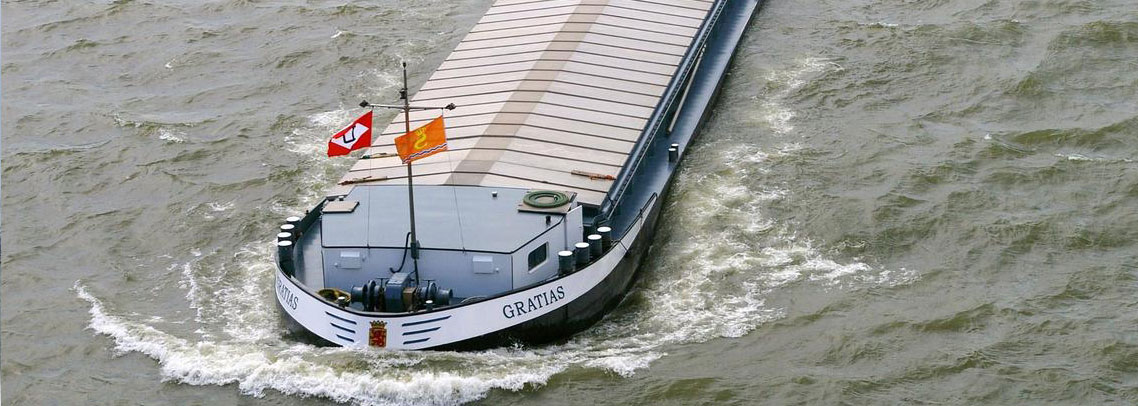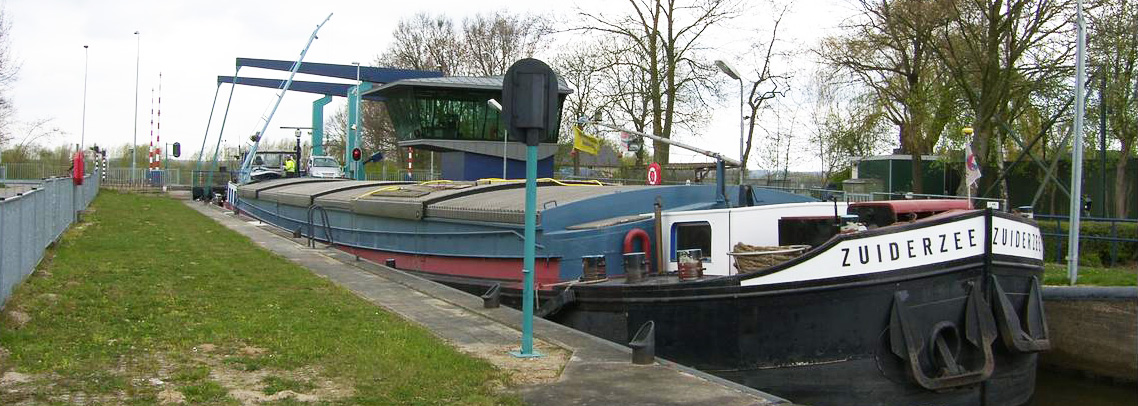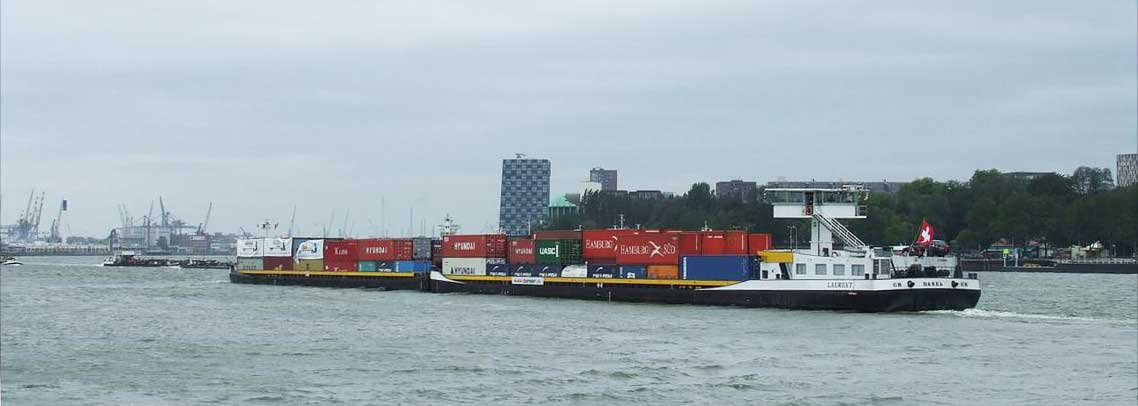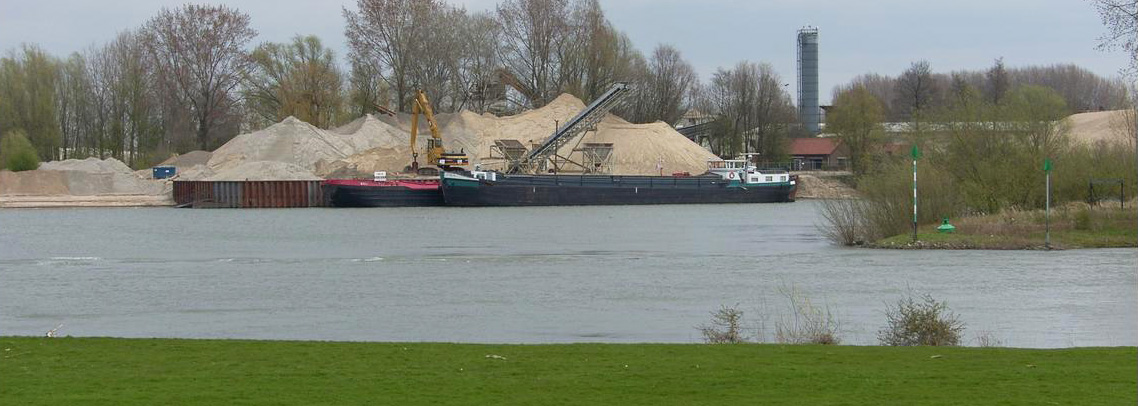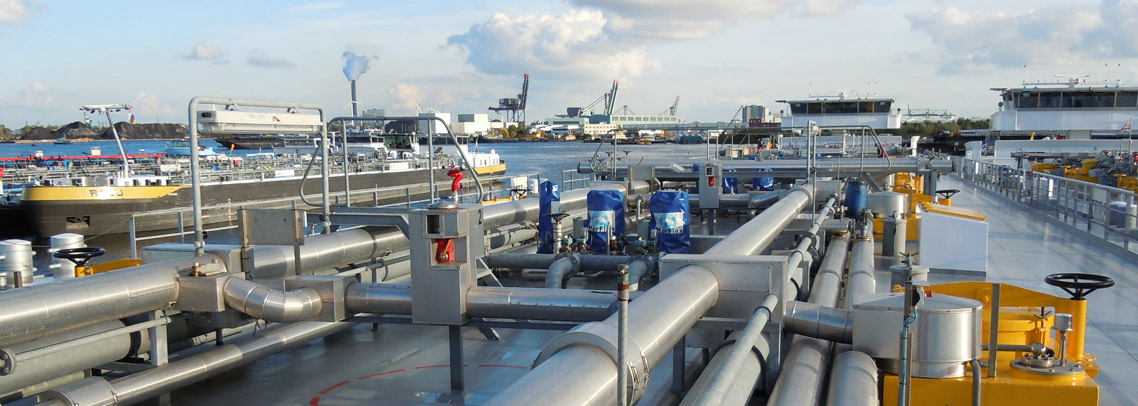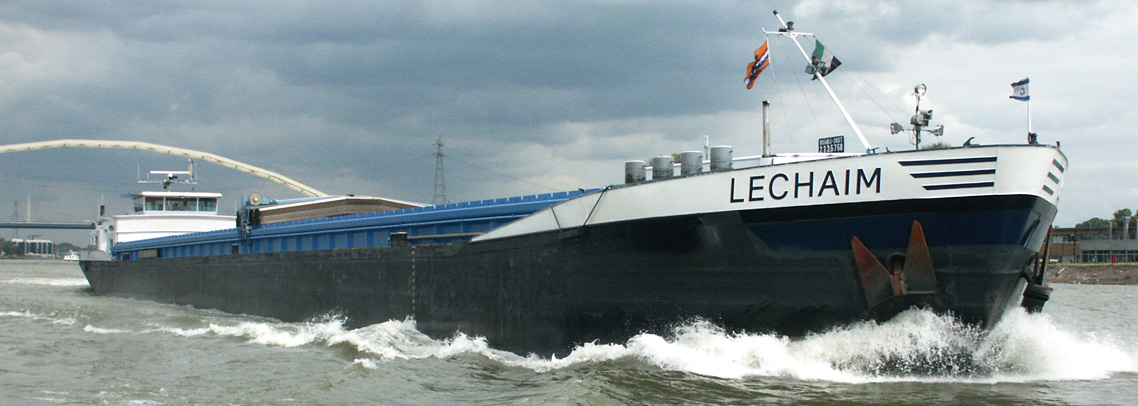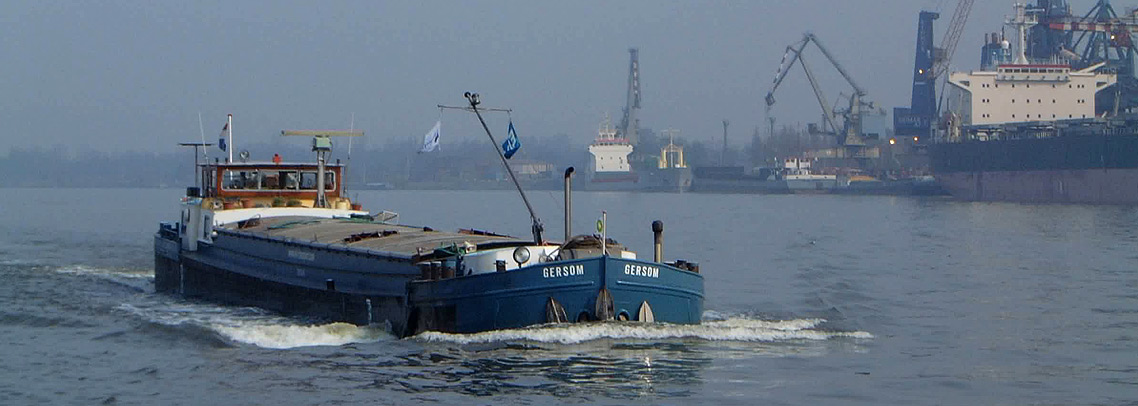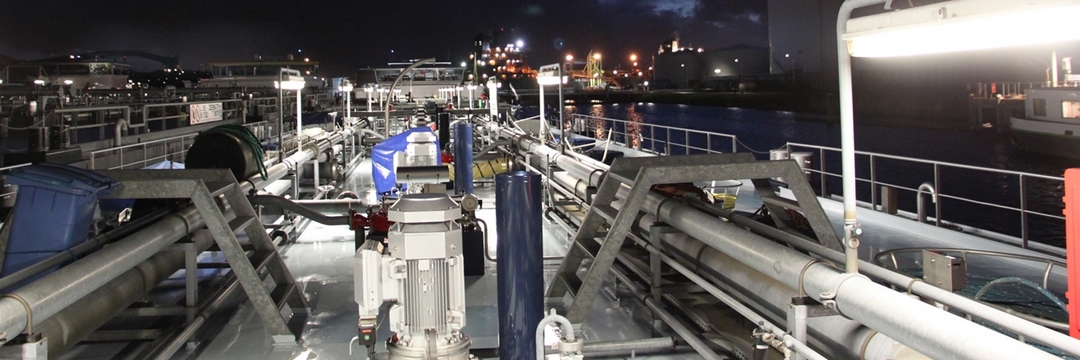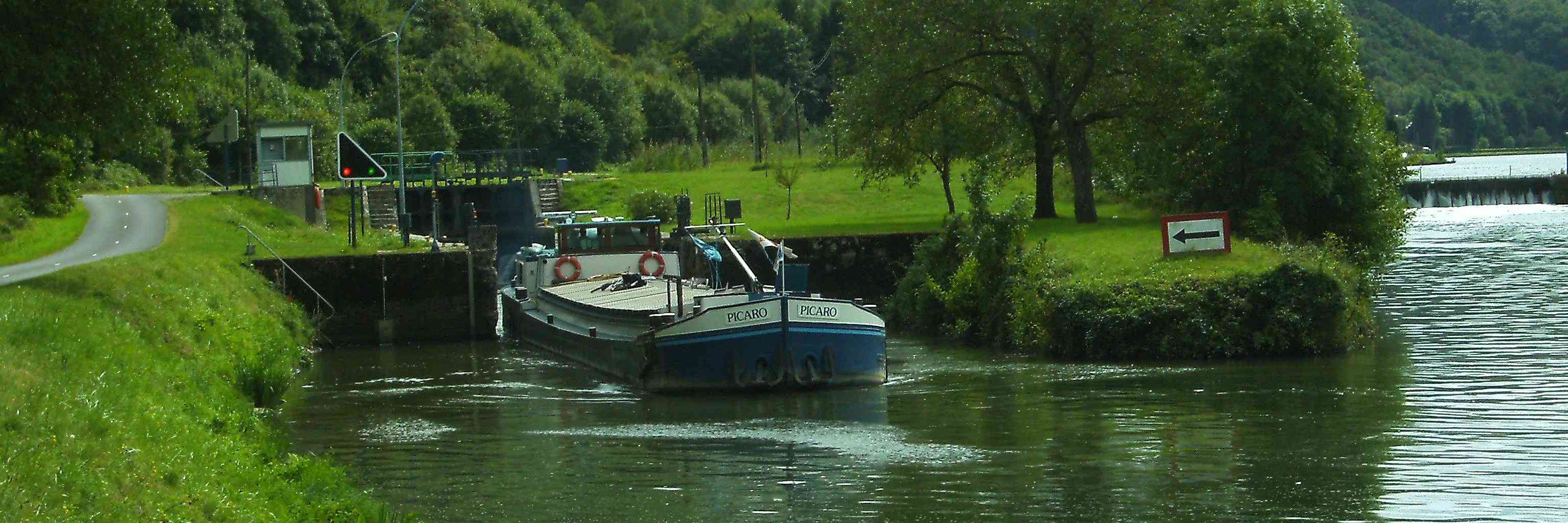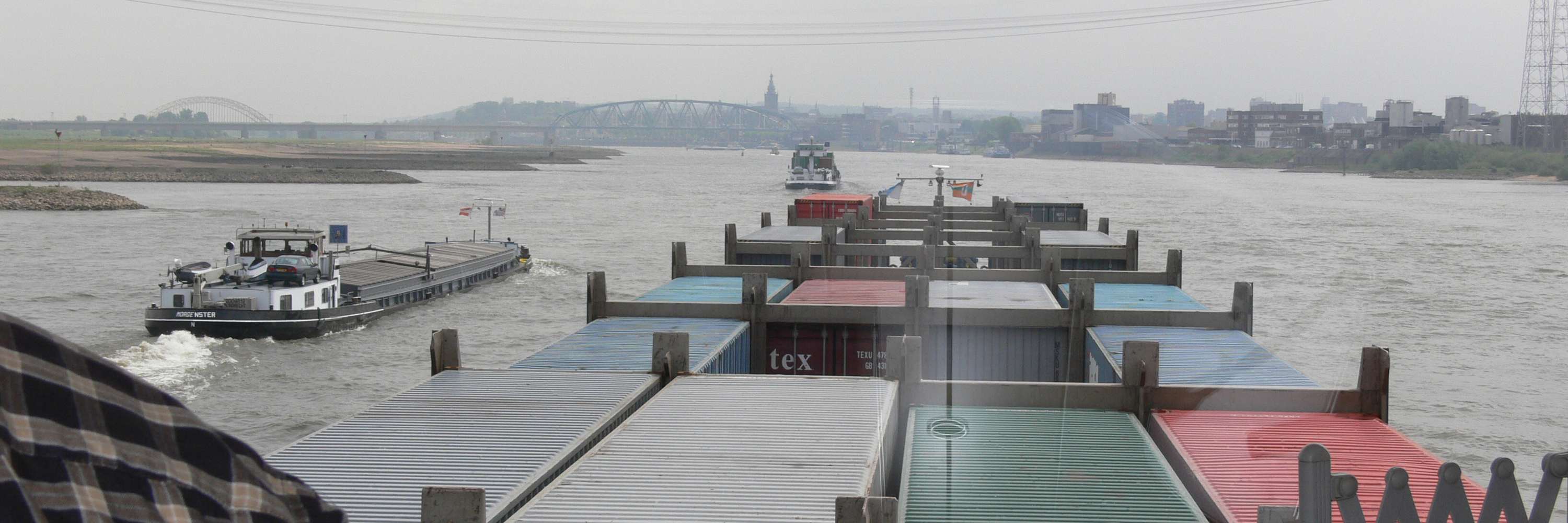“Water conditions very important for IWT to benefit from economic growth.” 



CCNR Strasbourg, February 15, 2018 – During the first semester of 2017, the pace of economic growth in Europe surpassed expectations, propelled by resilient private consumption. The intra-EU-trade actually increased by 2.2% from the first semester of 2016 to the first semester of 2017. Several economic sectors benefited from these positive economic conditions such as the steel industry and the construction sector.
The European inland navigation transport performance was not able to benefit from this economic growth during the first quarter of 2017 due to the environmental conditions. Low water levels on the Rhine and on the Danube, particularly in January 2017, together with ice periods on the Danube, reduced freight transport performance in these two river basins. With better water conditions during the second quarter of 2017, transport performance on the Traditional Rhine increased by 11% between the first and the second quarter of 2017.
Inland navigation activity returned to 2016 levels, and transport performance on the Rhine even increased by 2% during this second quarter of 2017 compared to 2016. This recovery is a general evolution that has been observed both on the Danube and on the Rhine and on all its tributaries. Further details on the evolution by country, by inland ports and by market segment are available in the Winter Market Insight 2017/2018.
Coal transport will decrease
Furthermore, a focus on coal transport is provided in the quarterly report. The energy sector and the
steel industry are the two essential drivers for coal transport via inland shipping in Europe, and as the
share of imported coal increases, inland navigation is increasingly needed for the transport of coal from major sea ports to the hinterland. Nevertheless, coal consumption — especially in the energy sector — is currently decreasing in favour of renewable alternatives, and it is also foreseen that coal transport will decrease. This decrease is expected to be compensated by the growth of other market segments in 2018 and in particular by the transport of agricultural products, building materials and containers.

